The INM series radial piston hydraulic motor adopts the classic hydraulic mechanics principle and the basic working principle of the plunger hydraulic motor. The core of its operation lies in the stability and efficiency of the hydraulic system, which allows the motor to play an important role in various industrial and mechanical equipment.
Through a hydraulic pump, fluid (usually hydraulic oil) is delivered inside the motor, creating pressure. This pressure is transmitted to the radial piston structure inside the INM motor. The plungers are arranged axially and connected together by sliding shoes. As hydraulic fluid passes through the motor, they exert pressure on the plunger, pushing the plunger into reciprocating motion within the plunger bore.
The reciprocating motion of the plunger is the key to achieving torque and power output of the INM motor. Due to the high pressure of the liquid, the plunger moves back and forth in the plunger hole, which causes the rotor (or swing frame) to rotate. This process converts hydraulic energy into mechanical energy output, producing the required torque and power.
The design of the INM hydraulic motor allows this process to occur continuously to meet ongoing power demands. Through the stable supply of the hydraulic system and the continuous operation of the motor, the efficiency and reliability of the system can be ensured.

 ENG
ENG
 English
English русский
русский Español
Español
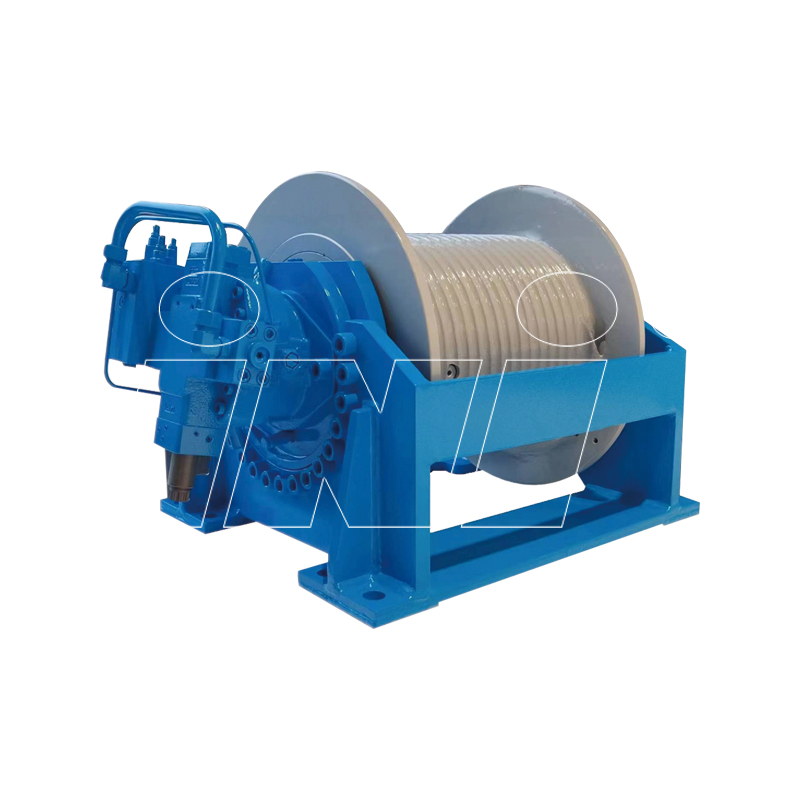
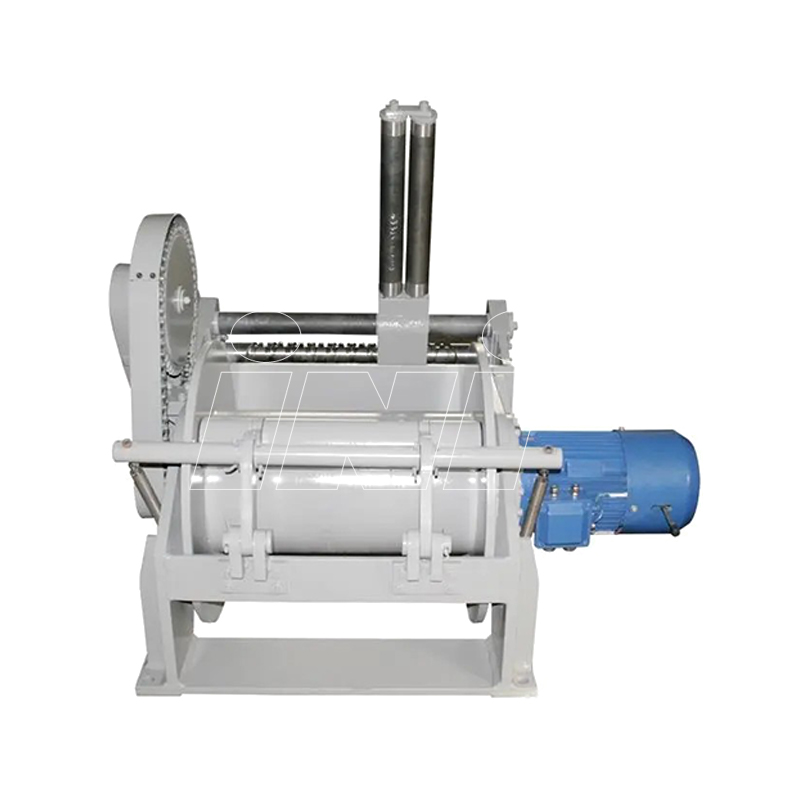
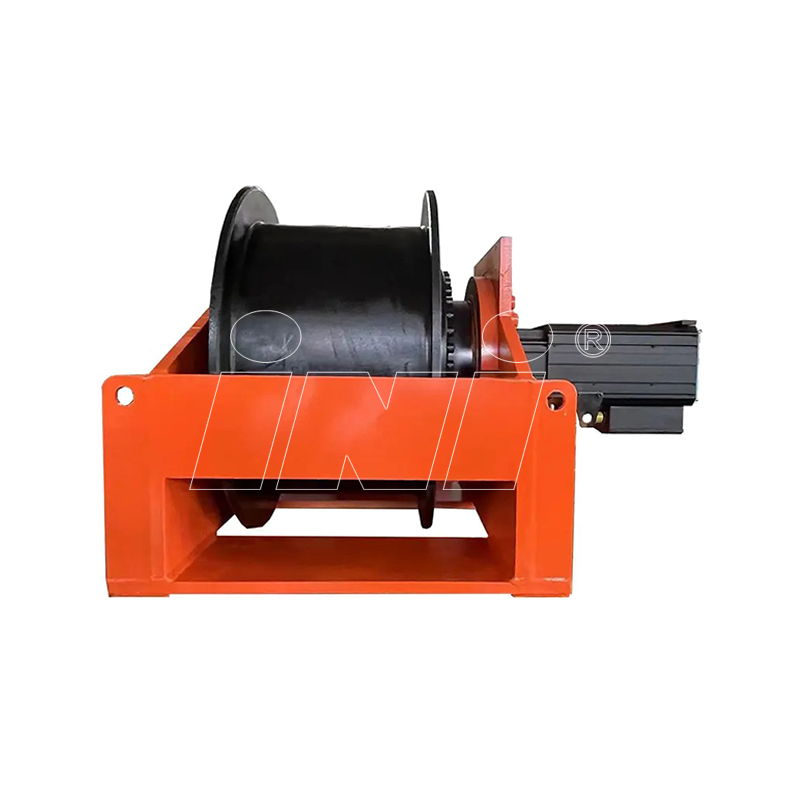

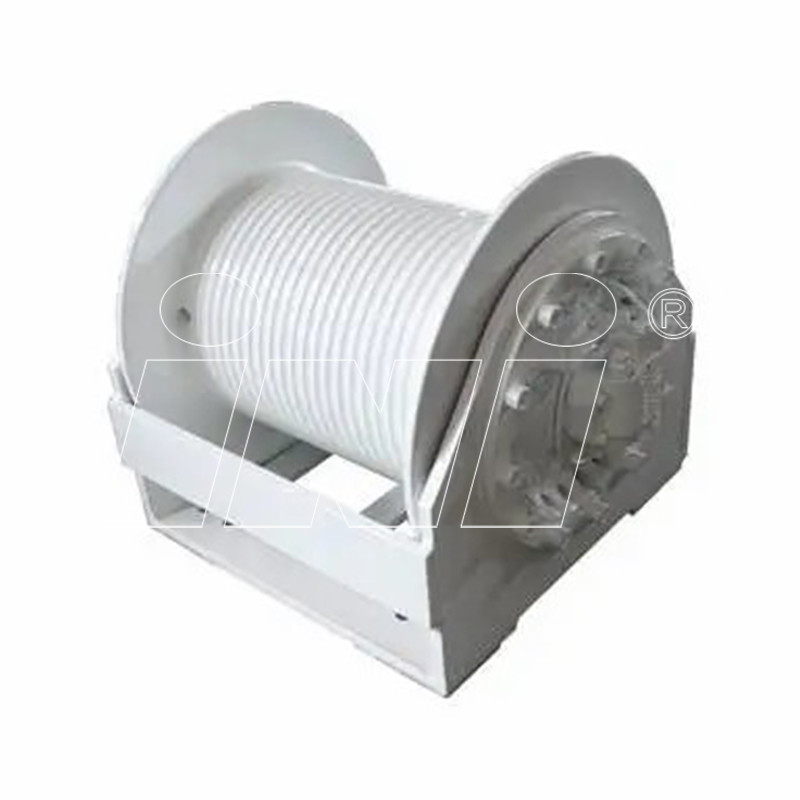
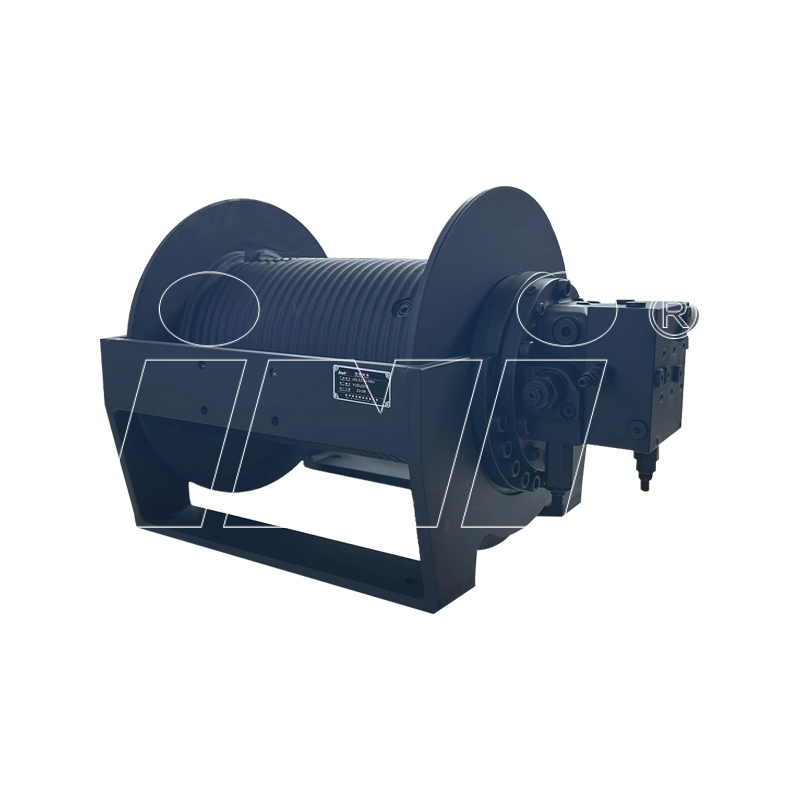
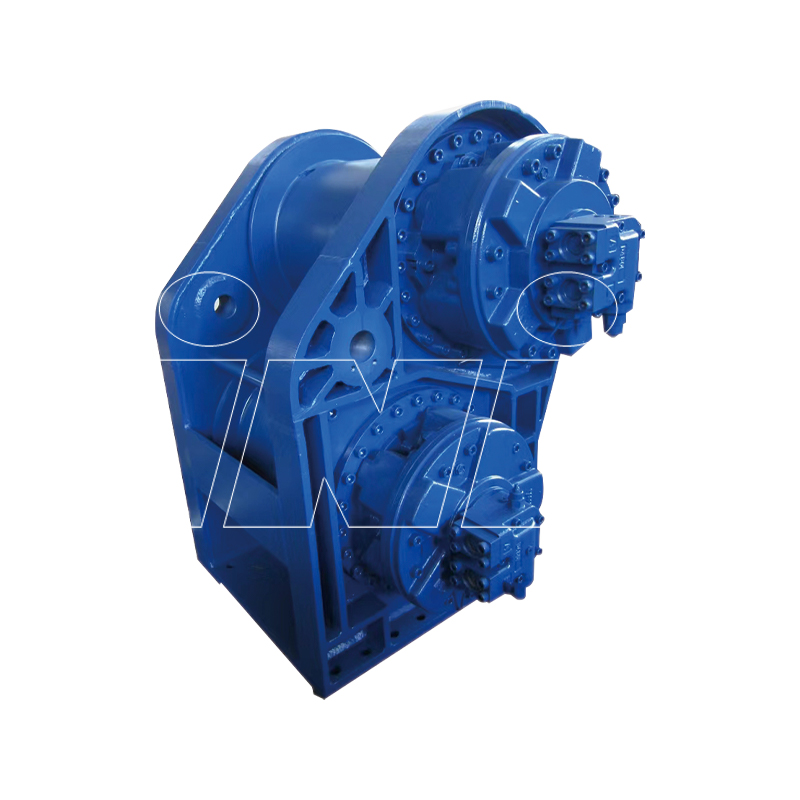

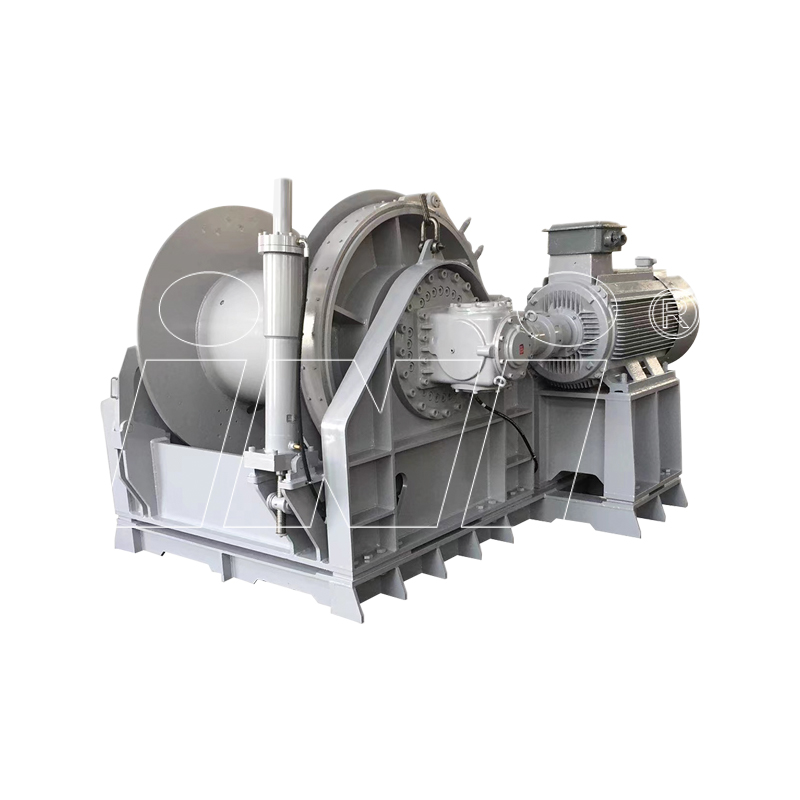





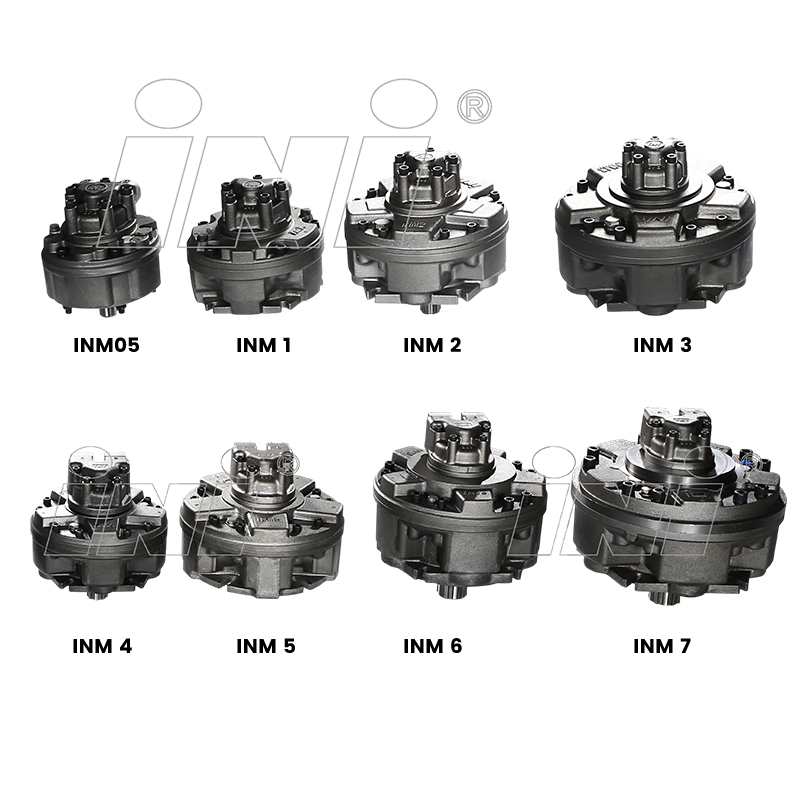

 English
English русский
русский Español
Español
 TOP
TOP